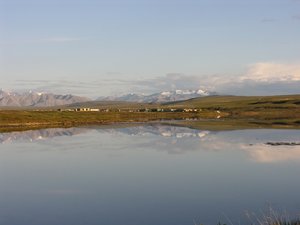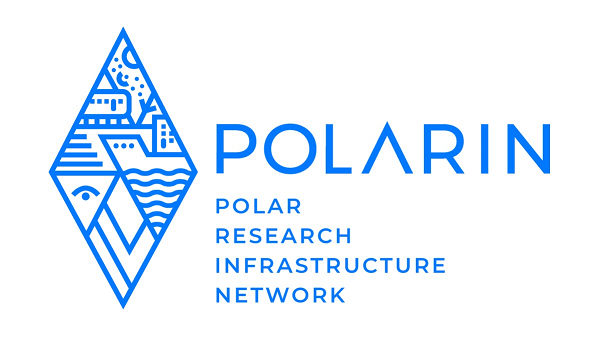Toolik Field Station

Address
Toolik Field StationIAB Toolik 757005
1038 Toklat Way
Fairbanks, AK 99775-7005
US
Station manager
Syndonia Bret-HarteStation Features
Opening year: 1975 Status: OpenFacilities
Station name and owner
The Toolik Field Station (TFS) is operated and managed by the Institute of Arctic Biology at the University of Alaska Fairbanks (UAF) with cooperative agreement support from the Division of Polar Programs, Directorate for Geosciences at the US National Science Foundation (NSF).
Location
TFS is located 210 km south of Deadhorse and 600 km north of Fairbanks in arctic Alaska. The field station is situated north of Gates of the Arctic National Park, and its location allows scientists to access the Brooks Range, the arctic foothills and the arctic coastal plain.
Climate data
Grey colours are WMO Climate Normals including maximum and minimum values. Blue colours are individual years.
Climate data for the stations where extracted via Copernicus Climate Data Store, from the global gridded reanalysis product:
ERA5 monthly averaged data on single levels from 1940 to present.
Description and source code: Roemer J.K. 2023. https://doi.org/10.5281/zenodo.10214922
Data Source: Hersbach et al. 2023. Copernicus Climate Change Service (C3S) Climate Data Store (CDS), https://doi.org/10.24381/cds.f17050d7
Biodiversity and natural environment
TFS is situated in the arctic foothills province of the North Slope, which is characterised by rolling hills and broad valleys underlain by continuous permafrost. The area is dotted with lakes, and the vegetation is dominated by dwarf-shrub and tussock tundra. Caribou and Arctic ground squirrels are frequently observed at the field station, and moose, musk-oxen, and grizzly bears are encountered occasionally.
History and facilities
TFS was first established in 1975 to support an aquatic research program. The field station evolved from a 10-person tent camp into a premier arctic research laboratory and science support facility capable of supporting up to 150 researchers. The field station includes several laboratory trailers and tents, a lecture hall, various dormitory accommodation styles, a kitchen and dining hall, shower and laundry facilities, and a tool shop. TFS is open year-round and provides transportation to and from the station, basic science support, high-speed internet, GIS services, general-use laboratory and field equipment, herbarium, and baseline environmental and meteorological data.
General research and databases
Research themes at TFS are wide-ranging and dynamic and currently include the structure and function of terrestrial and aquatic ecosystems of the arctic foothills and tundra, the effects of Climate Change in these regions, and the feedbacks to global Climate Change through gas and hydrological fluxes. TFS-based research has also led to significant discoveries on the adaptations of plants and animals to the Arctic and to population-level changes in phenologies and distributions. Existing databases hosted at TFS include climate records and baseline environmental monitoring. A substantial body of research data collected by the arctic LTER program are also available from their website.
Link to data: https://dataportal.eu-interact.org/stations
Station Monitoring
Human dimension
TFS is located in the North Slope Borough of northern Alaska close to the Dalton High-way. Anaktuvuk is the closest native village, which is situated in the Brooks Range about 150 km west of TFS by air.
Access
TFS is accessible by road from Deadhorse and Fairbanks. The field station provides transportation to and from these towns, and snowmobiles, boats, trucks, and bicycles are available for local transportation. A helicopter scheduled through the National Science Foundation is based at TFS.


